- Learning time
- 20 minutes
- First play time
- 30 minutes
Assembly
Designed by: Janice Turner,Stu Turner
In Assembly, you (and an equally panic-stricken friend, if you like) are trying to assemble a spaceship to escape a base where contagion has wiped everyone else out. But the ship’s computer suspects you are infected too, and therefore decides to prevent your escape…
We’ll describe the two-player game here. The twelve blueprint cards are are laid out like a clock face and numbered as such. Twelve module tokens are kept handily nearby, with one assigned randomly to a blueprint at the start of the game. Your goal is to navigate the twelve modules onto their matching blueprints, and then lock them down. How? By playing Command cards. You begin the game with three each.
On your turn, you simply play a command card and activate it. There are three types of command card: Lock/Deploy, Rotate and Swap. The first card has the dual abilities of deploying (-adding a module to play) or locking down one or two blueprints which have the matching module in place. Once locked down, the module and blueprints are flipped over and cannot be interfered with again. The rotate card moves all modules 1 or 2 spaces clockwise or anti-clockwise, and the swap card, as you may have guessed, simply swaps the positions of two modules. Once you’ve taken your turn, you draw back up to three command cards.
But there are several catches to this endeavour. The first is that before you activate a command, it must be verified by your partner. What this means is asking them one question – and one question only! – about what cards they have in their hand. For instance, do you have a deploy card? – If they do, then you can safely play a deploy action and your partner verifies it merely by having the card. If they cannot verify the information you ask, then you’re faced with a choice: play a different card, and hope they can verify that, or just go ahead and play the card in question anyway. If you do the latter, however, your partner is forced to discard a card and will play their next turn with only two commands to choose from.
When the deck is exhausted, all discards are shuffled and the process begins again. At this point, though, the computer sticks its oar in and shuffles the blueprints too! This can be a real spanner in the works after all your hard work getting them into position. After the deck has been exhausted a third time, the game finishes and you’re out of time: You lose! Unless of course you’ve already locked down all modules and won instead. There’s even a scoring system so you can work out how well you won (or indeed, lost)
In a solo game you don’t have the verify action to worry about, but on the other hand you have less command cards to work with. Once you know the basic game you can add in character cards with special abilities and blueprint bays that trigger events for a bit of variety.
Joe says
I'v only played once, but it seemed a clever and fun cooperative game for two players.
The guru's verdict
-
Take That!
Take That!
None - at least not from each other. That computer really has it in for you, though.
-
Fidget Factor!
Fidget Factor!
Low
-
Brain Burn!
Brain Burn!
Low on the rules, but there enough in the puzzling to keep the game engaging and challenging over multiple plays.
-
Again Again!
Again Again!
The story is always the same, but the puzzle itself is so brief and more-ish it rewards multiple plays. There are ways to make the challenge harder as well.

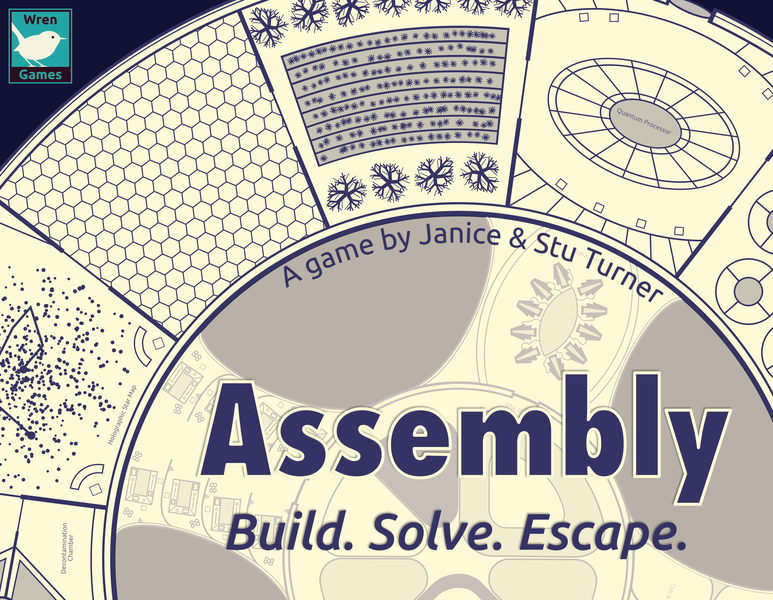





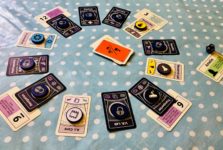


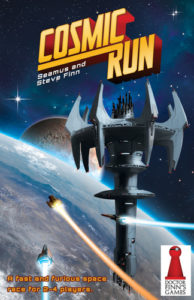

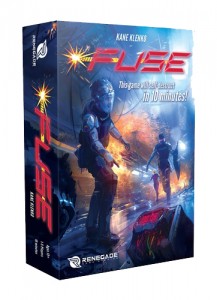
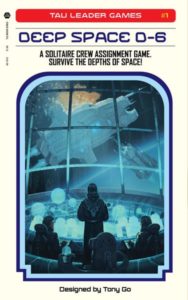
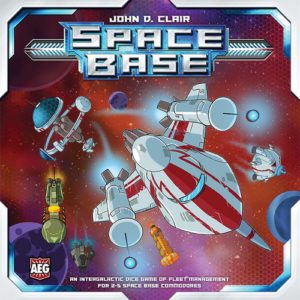
Sam says
I've enjoyed many plays of Assembly, both as an addictive, diverting 15 minute solo challenge and a marginally longer two-player experience. The rules are really very simple but the random nature that the modules arrive in mean the puzzle is never 'solved' - and there's often, for me, the desire to play straight again afterwards - especially when I lose! The basics are enough to make the game really appealing, but the additional character abilities and events are easy to incorporate too - a lot of addictive game in a little box.